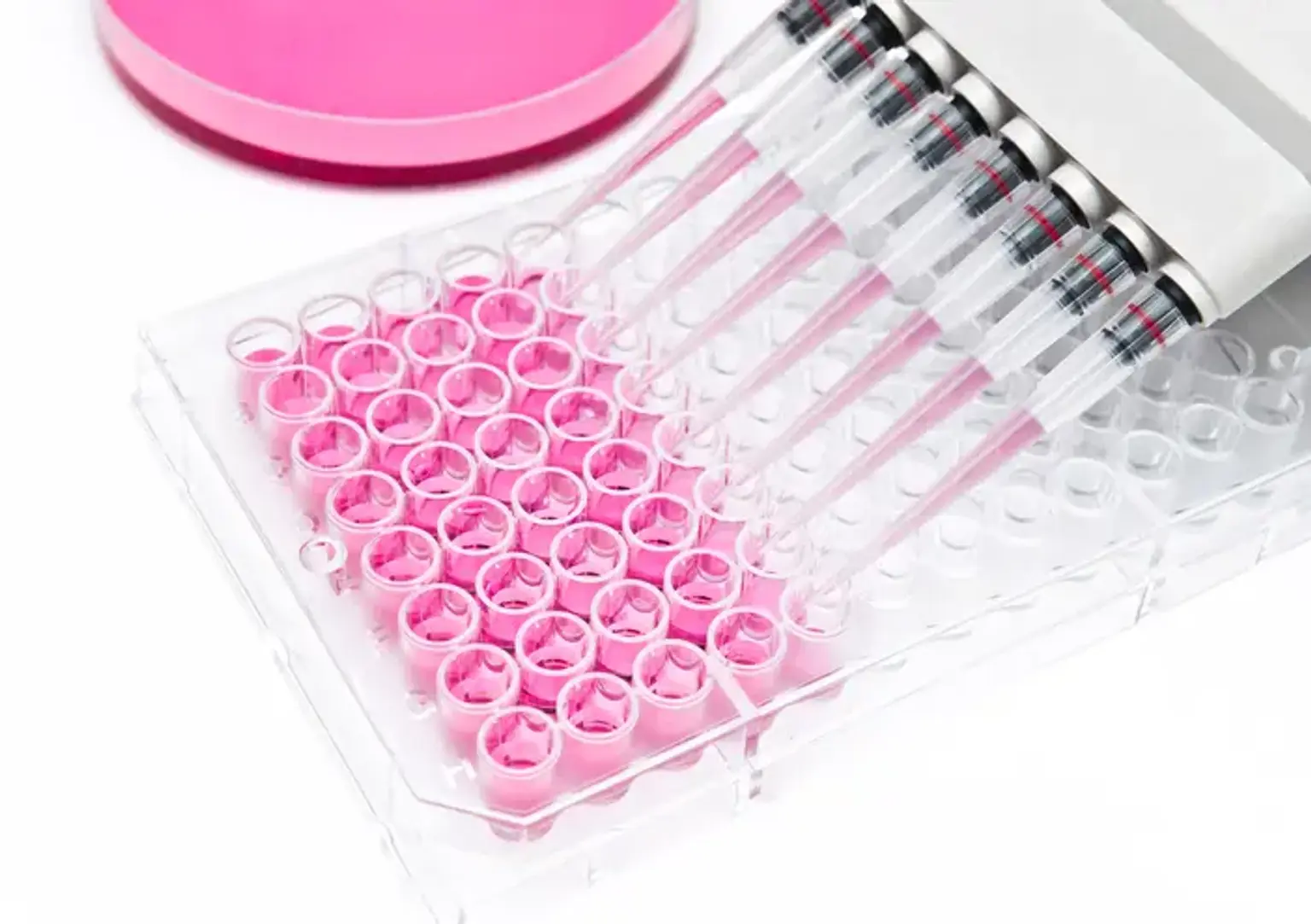Primary cell culture
What is primary cell culture?
Primary cell culture is the cultivation of cells acquired directly from a multicellular organism. The first stage in primary culture is to get tissues from a human or an animal; these are often tissue masses that must be disaggregated using chemical, mechanical, or enzymatic procedures to break apart tissues and get viable cells. These live, disaggregated cells are then stimulated to proliferate in culture containers using sophisticated, specialized media.
Primary cell culture can be divided depending on cell properties such as differentiation, adhesion to surfaces, and morphological structure. Cells are grown and proliferated in a suitable growth media until they attain confluence - a phrase used to describe the condition in which the cells occupy the whole growth area of the culture container - in all methods of primary cell culture.
Primary cell cultures are more closely related to the physiological condition of cells in vivo and produce more meaningful data regarding live systems. Primary cultures are cells that have been newly obtained from a living creature and are grown in vitro (outside the living body and in an artificial environment). Primary cells are classified based on the genus from which they were obtained, as well as the species or tissue type.
